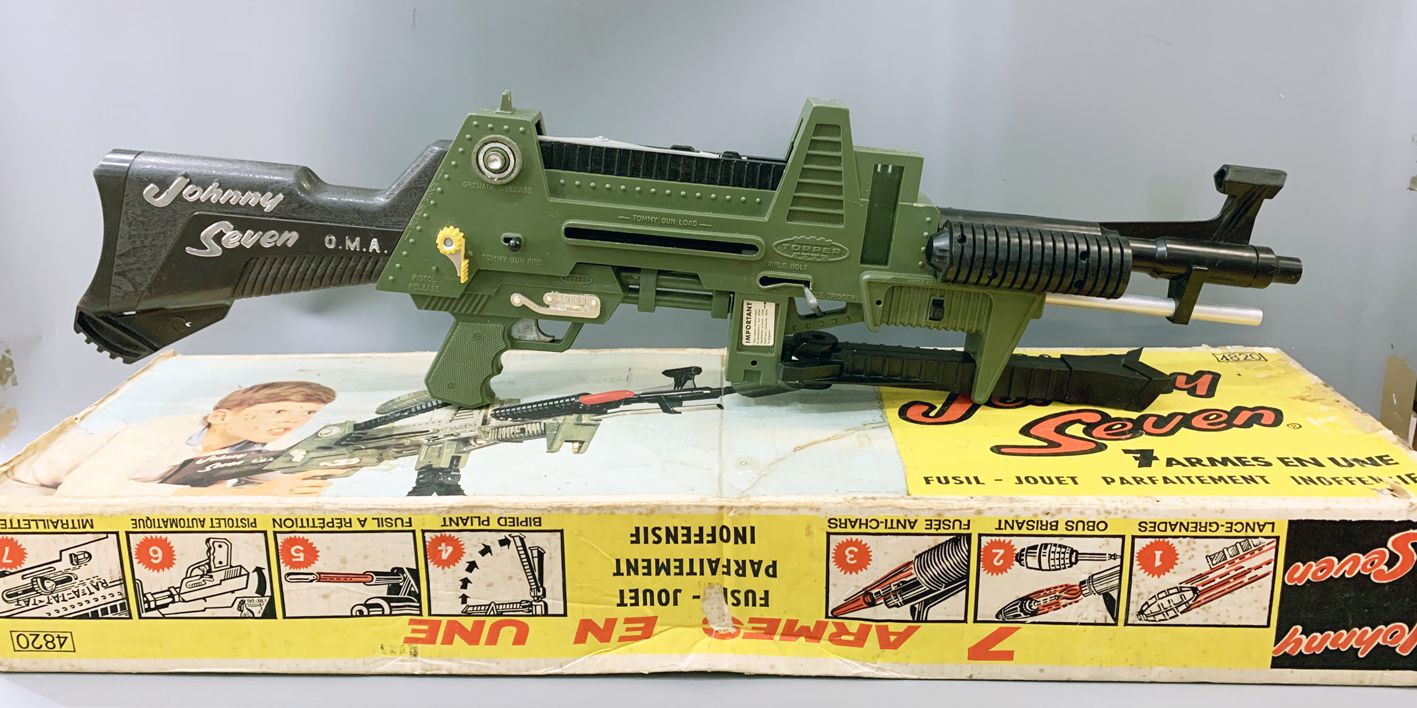


NO RESERVES Each lot will sell to the highest bidder without reserve unless noted otherwise. Example: $100 bid + $15 BP = $115 invoice amount Preview of the items is available by phone via appointment or in-person Monday 5th from 10 am - 2 pm, Tuesday 6th from 10 am - 2 pm, Wednesday 7th from 10 am - 2 pm.īUYER'S PREMIUM A buyer's premium of 15% of the high bid will be added to the high bid to determine the final sales price for the auction lot. War Games is at the Museum of Childhood in Bethnal Green, London from 25 May to 9 March 2014.Shipping is available - Read Below in "SHIPPING" "I thought it was no-brainer, everyone would say Death Star, but we did a workshop with some teenagers and they all went for the tin fort. It may be war but the exhibition is unquestionably fun and it will encourage younger visitors to dress up and answer questions such as: rifle, ray gun or water pistol? And, importantly, what would you save? Death Star or tin fort? Wood says the answers may surprise. There are loans from the Imperial War Museum and the Spielzeugmuseum in Nuremberg, items from the V&A's collection as well as eBay, which is where most of the figures for a spectacular diorama were bought, creating one big battle involving everyone – aliens, knights, Power Rangers, superheroes, Daleks … the lot. Who, in 1959, would have bought a Corgi nuclear missile carrier for their child?
#JOHNNY 7 OMA FULL#
Its full title is Little Wars: A Game for Boys from Twelve Years of Age to One Hundred and Fifty and For that More Intelligent Sort of Girl who Likes Boys' Games and Books.There are many beautiful things on display and surprises. The exhibition also asks if it is just boys who play at war – no, would seem to be the answer although HG Wells has his opinions on the matter with his 1915 war gaming book on display. The show alludes to changing attitudes in schools, where a zero tolerance for any kind of weapon play has relaxed into allowing things as long as they are part of an imaginative, creative process and are not mimicry. Nearby is "a friendly, safe shooting range" that allows observation with binoculars and a periscope as the shooting. "I asked questions, so the orange button does fire and the yellow is off, the green one at the back turns a light on – it does lots of things." He also made an impressive Lego gun in the cabinet. In it sits a relatively benign space gun alongside the Johnny 7 OMA gun and then simple sticks that Hopkins' four-year-old son foraged. "They'll go in the woods and get sticks, anything will do."Īs an example of this a gun cabinet can be found in the first section, examining the more imaginative and physical ways kids play with war. "Kids don't need mass-produced objects to play war," says Hopkins. It also suggests there is not much parents can do to stop children playing war games even if they refuse to buy toy weapons. It shows how toys have been used as tools of propaganda – a 1942 "Get Those Japs" dartboard being one of the cruder examples – and how they have been used to instil a sense of militarism and nationalism in children. "To have an adverse reaction is just as good as embracing it, I'd like people to come and see it and make up their own minds." Wood concedes that some parents may not want to come, although she hopes they will. We want to generate discussion and let the public have the argument." "We are showing that these, mostly mass-produced, toys exist and we are putting them in context – how they have been used and how they've been perceived. "We've been careful not to come down on one side of 'are war toys good or bad?'" says co-curator Sarah Wood. More than 100 objects will go on display in a show meant for adults and children. War has always been a part of children's lives." "The first thing we did was go through the museum's collections and the amount of material we had relating to war was incredible, it was quite a surprise. Co-curator Ieuan Hopkins admits they were not short of potential exhibits.


 0 kommentar(er)
0 kommentar(er)
